On review today are two new standout graphic novels, courtesy of the kind folks at Raincoast Books: first up for review is the young adult title Are You Listening?, the latest from Eisner and Ignatz Award-winning cartoonist and illustrator Tillie Walden; second up for review is George Orwell’s Animal Farm: The Graphic Novel, adapted and illustrated by Brazilian painter and comics artist Odyr.
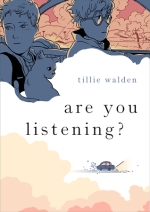 Tillie Walden, the Eisner and Ignatz Award-winner graphic novelist behind Spinning and On a Sunbeam returns with the unsettling and memorable young adult graphic novel Are You Listening?. Described as a ‘magical realistic adventure’, Walden’s graphic novel is a riveting and peculiar blend of the real and the phantasmal. Teenager Beatrice ‘Bea’ and Lou, who is in her late twenties, bump into each other by turn of fate at a small convenience store. Recalling Bea from her time helping Bea’s mom, Lou, who is setting out on a road trip across West Texas to visit a relative, discovers that Bea is escaping. Leaving town and leaving her family. For good. While Lou offers Bea some safety by providing her with a relatively warm and enclosed way to travel, it turns out that there are dark, creeping, and horrifying things and memories that Lou can’t protect Bea from. During their road trip, which is by turns tense, fraught, disturbing and bizarre (featuring a sought-after cat named Diamond and an ominous, shadowing troupe of authorities), readers hear not only about Bea’s trauma, but also about Lou’s. Are You Listening? is as gripping and taut as it is a slow, mind-melding strange burn; one which opens dialogue on sexual assault, grief, and different kinds of trauma. A piece from Adrienne Rich’s “Itinerary” opens the graphic novel, and is an ideal epigraph that ties the wild and heartbreaking journey of Are You Listening?. Walden’s text is at once terse and quiet, often trusting in silences, glances, and head turns. Reveals crucial to Lou’s and Bea’s individual stories are almost hidden until a shake of dialogue jars the reader; this may perhaps try the reader’s patience, but I found the timing of the key dialogues and significant moments to work well. Walden’s artwork is its distinctly dream-like, windswept, propulsive self; the darker-toned palette, favouring moody blues, purples, maroons, and shots of amber feels a natural fit for the story (note: the ARC offers initial pages in full-colour). Fans of Tillie Walden’s previously published titles, and readers who are partial to the writing of authors such as Laurie Halse Anderson (particularly the graphic novel adaptation of Speak, with artist Emily Carroll), A.S. King, or Mariko Tamaki, might especially appreciate Walden’s latest unputdownable graphic novel.
Tillie Walden, the Eisner and Ignatz Award-winner graphic novelist behind Spinning and On a Sunbeam returns with the unsettling and memorable young adult graphic novel Are You Listening?. Described as a ‘magical realistic adventure’, Walden’s graphic novel is a riveting and peculiar blend of the real and the phantasmal. Teenager Beatrice ‘Bea’ and Lou, who is in her late twenties, bump into each other by turn of fate at a small convenience store. Recalling Bea from her time helping Bea’s mom, Lou, who is setting out on a road trip across West Texas to visit a relative, discovers that Bea is escaping. Leaving town and leaving her family. For good. While Lou offers Bea some safety by providing her with a relatively warm and enclosed way to travel, it turns out that there are dark, creeping, and horrifying things and memories that Lou can’t protect Bea from. During their road trip, which is by turns tense, fraught, disturbing and bizarre (featuring a sought-after cat named Diamond and an ominous, shadowing troupe of authorities), readers hear not only about Bea’s trauma, but also about Lou’s. Are You Listening? is as gripping and taut as it is a slow, mind-melding strange burn; one which opens dialogue on sexual assault, grief, and different kinds of trauma. A piece from Adrienne Rich’s “Itinerary” opens the graphic novel, and is an ideal epigraph that ties the wild and heartbreaking journey of Are You Listening?. Walden’s text is at once terse and quiet, often trusting in silences, glances, and head turns. Reveals crucial to Lou’s and Bea’s individual stories are almost hidden until a shake of dialogue jars the reader; this may perhaps try the reader’s patience, but I found the timing of the key dialogues and significant moments to work well. Walden’s artwork is its distinctly dream-like, windswept, propulsive self; the darker-toned palette, favouring moody blues, purples, maroons, and shots of amber feels a natural fit for the story (note: the ARC offers initial pages in full-colour). Fans of Tillie Walden’s previously published titles, and readers who are partial to the writing of authors such as Laurie Halse Anderson (particularly the graphic novel adaptation of Speak, with artist Emily Carroll), A.S. King, or Mariko Tamaki, might especially appreciate Walden’s latest unputdownable graphic novel.
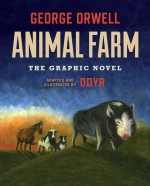 Graphic novelist, cartoonist and painter Odyr (Guadalupe, co-authored with Angelica Freitas) takes on the mammoth and arguably intimidating task of both adapting and illustrating George Orwell‘s esteemed classic fable Animal Farm. Animal Farm: The Graphic Novel is faithful to Orwell’s original text, allowing readers who are completely new or familiar with the novella to experience the strength and urgency of Orwell’s words- in a brilliantly parsed and presented version. Before their death, a pig named Old Major encourages the animals of “The Manor Farm” to stand against their human owners. To break free of the tyranny and constantly performed labour to “the worthless, parasitical human beings”. To live so that, among other “commandments”, “all animals are equal” on the farm. However, when two pigs named Napoleon and Snowball, the assumed “leaders” of the newly named “Animal Farm”, begin to show signs of a frayed partnership, Animal Farm begins to fracture and decline. The final bombshell is the takeover of the farm by Napoleon, the soon-to-be completely despotic, violent, duplicitous, tyrannical ruler of the other animals. Odyr’s watercolour art is perfectly reflective of the fable: moody, direct, unfettered, and not shy of presenting the coldness of reality, cruelty and gore (both human and animal). The primarily pastoral setting of Animal Farm works in tandem with Odyr’s almost Impressionist-like illustrative style; the representations of the scenery, animals, and the humans works in that the artwork appears classical and significant, yet still somehow contemporary. Tremendously enthralling, Odyr’s considered, clear yet looser format and style of presenting Orwell’s text and art captures the essence and essentials of the political satire. In all, Odyr’s graphic novel adaptation rings as contemporaneous and alarming, and offers a vivid and visceral look at Animal Farm. Readers interested in (re)exploring Orwell’s classic, educators interested in sharing a different format of the novella (and perhaps a more readable or accessible form for some students), or those interested in arresting graphic novel adaptations, might be especially intrigued and taken with Odyr’s marvelous work here.
Graphic novelist, cartoonist and painter Odyr (Guadalupe, co-authored with Angelica Freitas) takes on the mammoth and arguably intimidating task of both adapting and illustrating George Orwell‘s esteemed classic fable Animal Farm. Animal Farm: The Graphic Novel is faithful to Orwell’s original text, allowing readers who are completely new or familiar with the novella to experience the strength and urgency of Orwell’s words- in a brilliantly parsed and presented version. Before their death, a pig named Old Major encourages the animals of “The Manor Farm” to stand against their human owners. To break free of the tyranny and constantly performed labour to “the worthless, parasitical human beings”. To live so that, among other “commandments”, “all animals are equal” on the farm. However, when two pigs named Napoleon and Snowball, the assumed “leaders” of the newly named “Animal Farm”, begin to show signs of a frayed partnership, Animal Farm begins to fracture and decline. The final bombshell is the takeover of the farm by Napoleon, the soon-to-be completely despotic, violent, duplicitous, tyrannical ruler of the other animals. Odyr’s watercolour art is perfectly reflective of the fable: moody, direct, unfettered, and not shy of presenting the coldness of reality, cruelty and gore (both human and animal). The primarily pastoral setting of Animal Farm works in tandem with Odyr’s almost Impressionist-like illustrative style; the representations of the scenery, animals, and the humans works in that the artwork appears classical and significant, yet still somehow contemporary. Tremendously enthralling, Odyr’s considered, clear yet looser format and style of presenting Orwell’s text and art captures the essence and essentials of the political satire. In all, Odyr’s graphic novel adaptation rings as contemporaneous and alarming, and offers a vivid and visceral look at Animal Farm. Readers interested in (re)exploring Orwell’s classic, educators interested in sharing a different format of the novella (and perhaps a more readable or accessible form for some students), or those interested in arresting graphic novel adaptations, might be especially intrigued and taken with Odyr’s marvelous work here.
I received copies of these titles courtesy of Raincoast Books in exchange for honest reviews. All opinions and comments are my own. Titles have been published and are currently available.
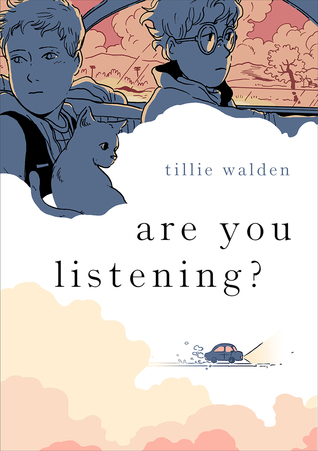
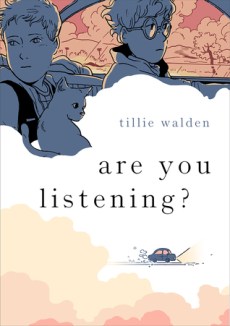
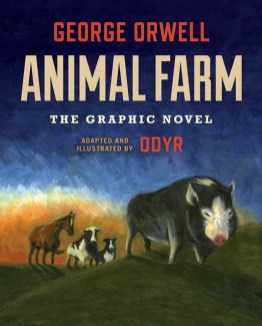
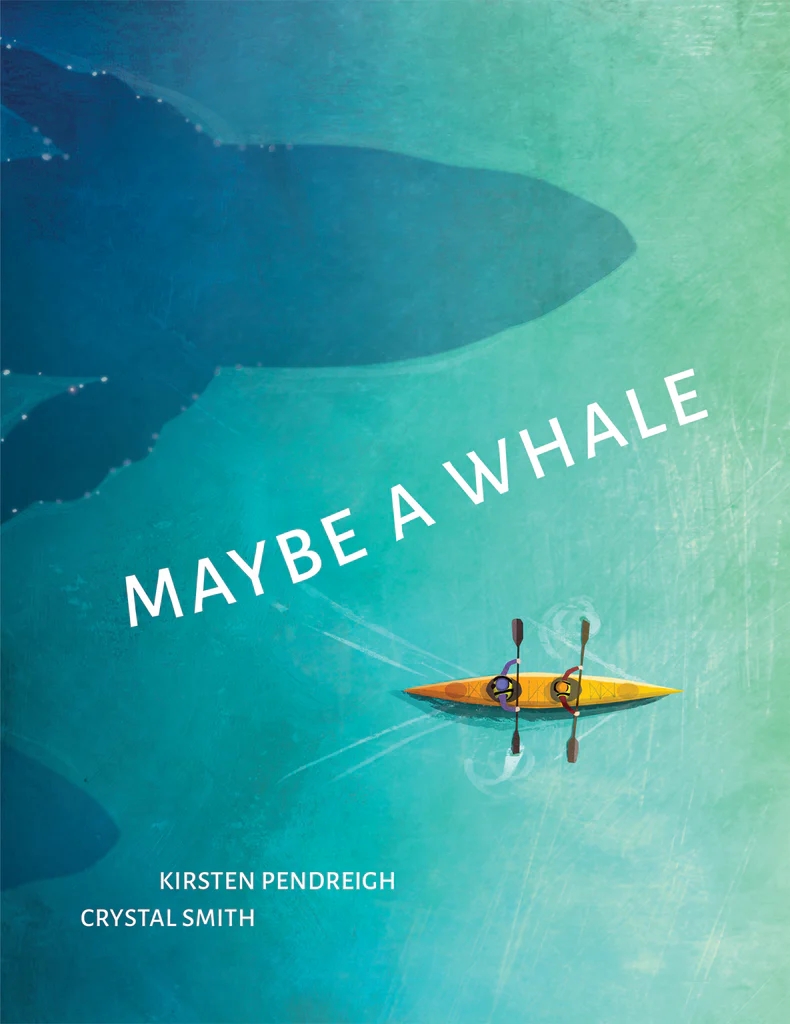

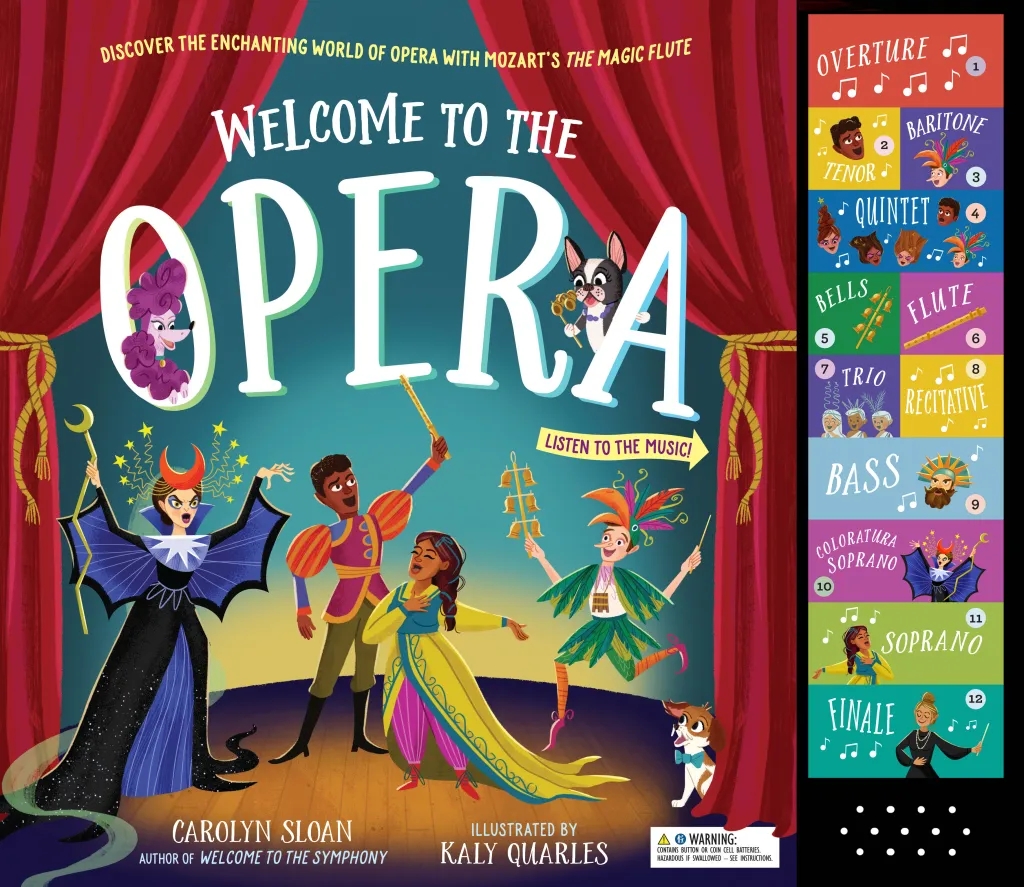
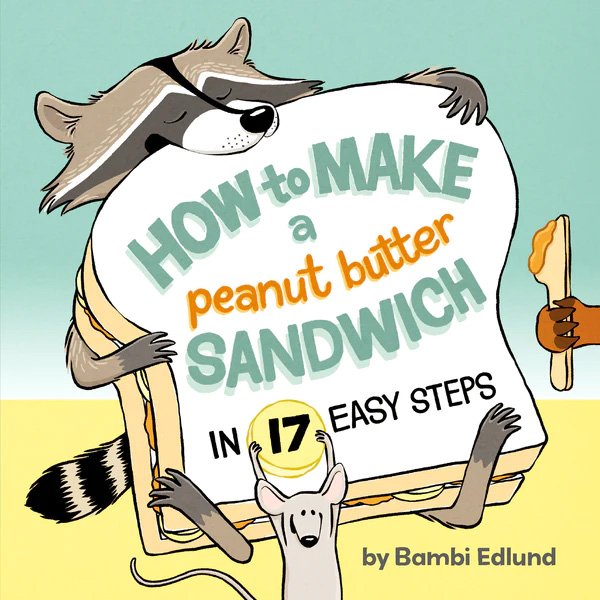
Leave a comment